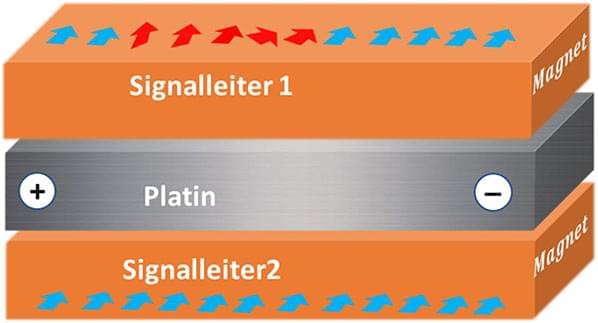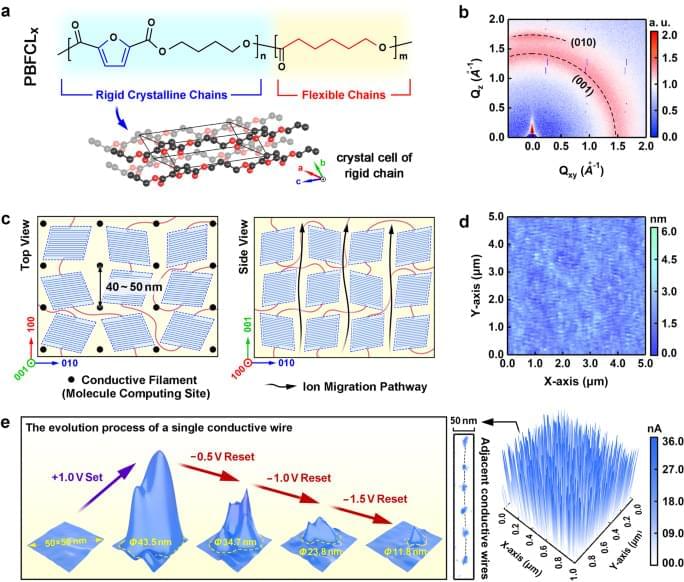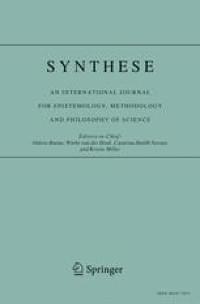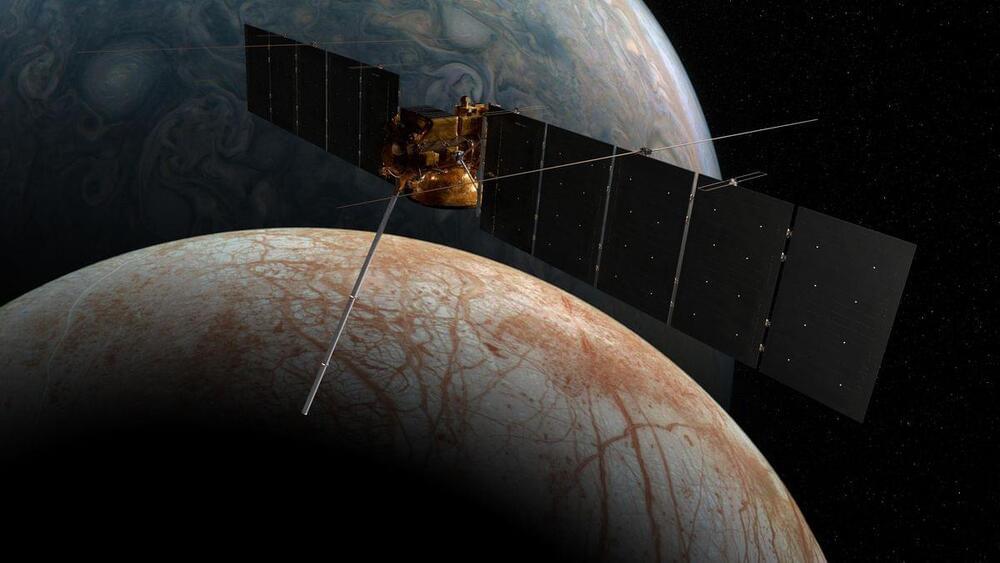Physicists at Martin Luther University Halle-Wittenberg (MLU) and Central South University in China have demonstrated that, combining specific materials, heat in technical devices can be used in computing. Their discovery is based on extensive calculations and simulations. The new approach demonstrates how heat signals can be steered and amplified for use in energy-efficient data processing.
The team’s research findings have been published in the journal Advanced Electronic Materials (“PT-Symmetry Enabled Spintronic Thermal Diodes and Logic Gates.”).
Information signals are encoded as thermal spin waves (red arrows). Logical operations are realized with two magnetic strips (signal conductors) and precisely controlled with current pulses in a spacer (platinum). (Image: Berakdar group)






